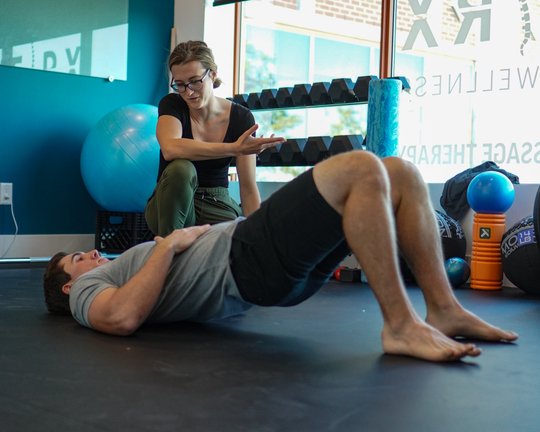How to Optimize Your Squats
Whether you are a weightlifter, endurance runner, or weekend warrior, knowing how to optimize your squatting ability will improve your performance and prevent injuries, mobility, and overall strength. Not only is Dr. Christine Col of Move RX one of Kelowna’s top-rated Chiropractors, but she is also recognized as the Best Female 81kg lifter in BC. In addition to these two accomplishments, she coaches proper weightlifting techniques in Kelowna, and today she shares the secrets to a proper squatting form.
So, what affects your squat?
Two main things truly affect a person’s squat.
1) Anatomy.
Sometimes people are born with the ideal squatting anatomy. Or, like most people, your anatomy is unique to you. That does not mean people are not born to squat! It just means you need to learn how to work around your body, so you perform at your personal best and not someone else’s.
What areas of anatomy affect the squat the most?
a) Hip Socket Depth
The hip socket is located on the lateral side of the pelvis. The hip socket is where the “ball & socket joint” meets the hip. The depth, curvature and opening of your hip socket will significantly determine the depth of your squat.
Shallow hip sockets allow for a greater depth and a more upright neutral torso. In addition, shallow hip sockets are perfect for deep squatters.
Deeper hip sockets can limit one’s depth in a squat. Therefore, these individuals tend to have a wider stance and a more forward torso to compensate for the limited depth range allowed from their hip joint. But, again, if your body is imperfect, this does not mean you cannot squat to full depth. It just means it may look different compared to those with shallower hip sockets.
2) Mobility.
Mobility currently is everyone’s favourite topic, with ever-increasing popularity in the rehab world. But it’s a fact that adequate mobility will allow you to squat with better mechanics, decrease injury risk, and optimize strength performance.
What is mobility? Mobility is the active range of motion a joint can move through. Meaning, that mobility is how well you can move your joints through their full range of motion.
One should consider three main areas when considering mobility restrictions in their squatting form.
1) Ankles
2) Hips
3) Thoracic Spine
Ankles:
Better ankle mobility can lead to improved squat depth, better biomechanics y allowing the knee to track properly over the toes, and a person’s ability to maintain an upright torso.
Poor ankle mobility can lead to knee valgus (when the knee collapses or caves inwards during a weight-bearing activity) and potentially cause the chest to fall forward, causing more stress on the knees and low back and increasing injury risk.
Hips:
The most common issue in squat biomechanics is a lack of hip mobility, thanks to the increase in sitting and a sedentary lifestyle. Lack of hip mobility can lead to low back pain, knee pain, injury risk, a major limiter to squat depth, and instability in the lumbar spine which increases your risk for back pain while squatting.
Thoracic Spine:
A stiff, inflexible thoracic spine makes it very difficult to maintain a strong upright torso in the squat. This can lead to rounding the back, collapsing forward in the squat, and causing a lack of depth.
When assessing the squat, it is essential to consider both anatomic limitations and your mobility! Check out our free resources on our website here to learn more.
Are you in Kelowna and looking for ways to improve your mobility? Schedule a consultation session with Dr. Col and follow our social @moverx.ylw, where we share weekly tips for mobility and stretches every Monday!
Optimize your squat or discuss your needs or inquiries with us by booking an appointment with our Kelowna coaches today!




